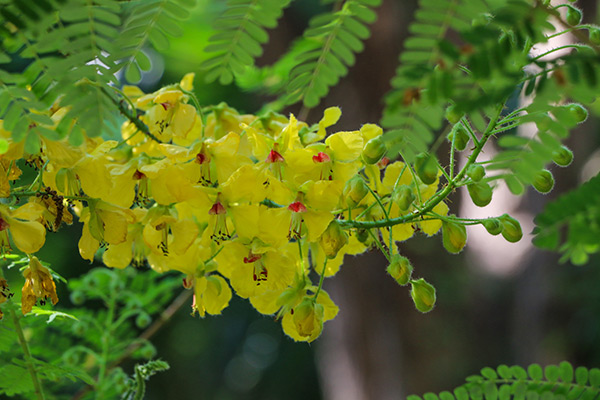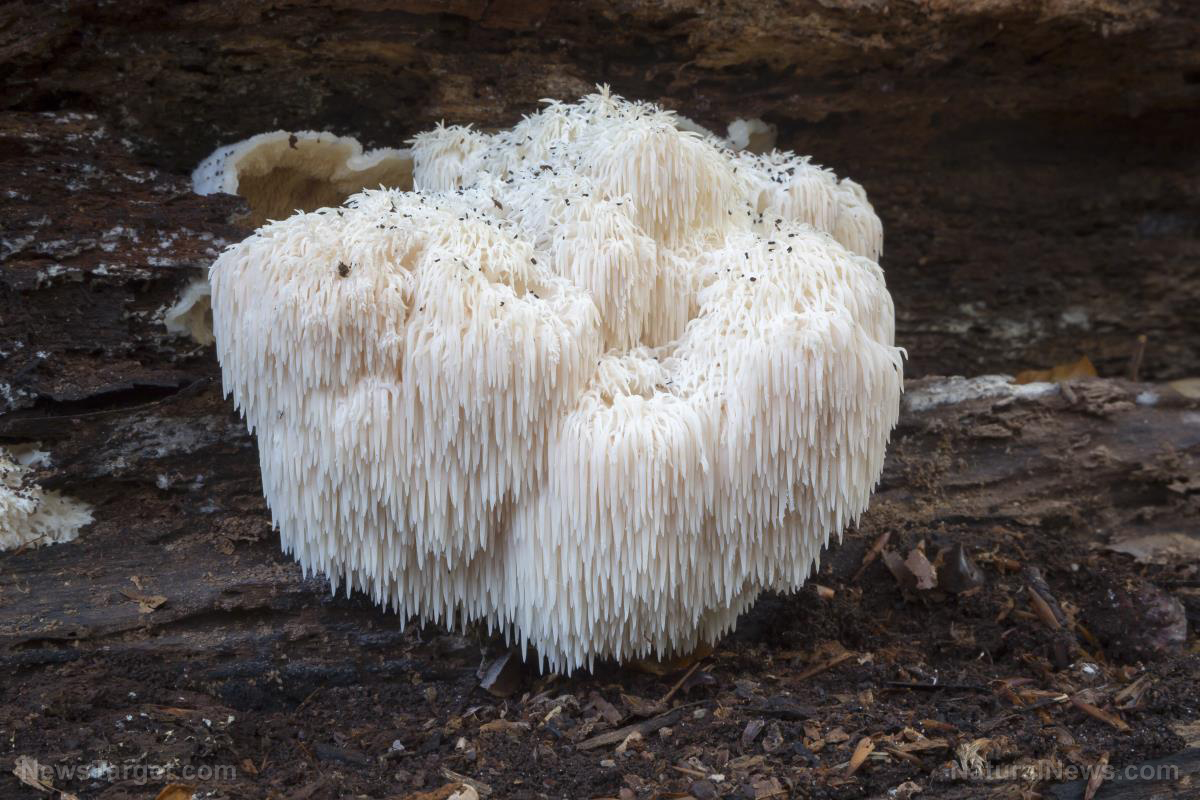Study finds that Caesalpinia mimosoides (mimosa thorn) exhibits antioxidant properties
06/29/2020 / By Evangelyn Rodriguez

The plant Caesalpinia mimosoides, commonly known as mimosa thorn, is a prickly climbing shrub that belongs to the Leguminosae, or legume family. Its leaves are considered a vegetable in Thailand, while its other parts are used in traditional folk medicine in India.
According to studies, mimosa thorn has plenty of beneficial properties, which include anti-inflammatory, wound-healing and antimicrobial activities. This is why mimosa thorn is traditionally used to treat skin diseases, wounds, inflammation, ulcers and arthritis.
In a recent study, researchers from China, Germany and Thailand examined the antioxidant activity of mimosa thorn extracts. Using Caenorhabditis elegans (roundworm) as the model organism for their experiments, they found that mimosa thorn leaf extracts can be used to effectively prevent oxidative damage and premature aging.
The results of their study was published in the journal BMC Complementary and Alternative Medicine.
Mimosa thorn shows potent antioxidant and anti-aging properties
According to the researchers, previous cell culture studies have found that mimosa thorn extracts exhibit antioxidant properties. However, the plant’s antioxidant and anti-aging activities in vivo have not yet been explored.
To address this, the researchers treated C. elegans with varying concentrations of mimosa thorn extracts. They then evaluated the protective effects of the plant against oxidative stress and intracellular reactive oxygen species (ROS).
Oxidative stress is defined as an increase in the intracellular levels of ROS, also known as free radicals. These free radicals can cause damage to cell components, such as lipids, proteins and DNA.
Aging, meanwhile, is defined as the progressive loss of tissue and organ function over time. According to the oxidative stress theory of aging, age-associated functional losses are caused by an accumulation of oxidative damage to important cell components.
Besides these, the researchers also analyzed the expression of C. elegans genes associated with longevity. These include DAF-16, a transcription factor required for the activation of genes involved in longevity; SOD-3, which codes for an antioxidant enzyme that protects against oxidative damage; SKN-1, a gene that promotes longevity and resistance to oxidative stress; and GST-4, a gene involved in the detoxification process.
The researchers reported that mimosa thorn leaf extracts improved the resistance of C. elegans to oxidative stress and reduced intracellular ROS accumulation. These antioxidant effects were mediated through the activation of the DAF-16/FOXO pathway and an increase in SOD-3 expression. SKN-1 and GST-4 expression levels, however, remained unaltered.
The researchers also observed that mimosa thorn leaf extracts extended the lifespan of C. elegans and decreased the number of aging pigments without affecting the worm’s body length and brood size, which suggested low toxicity.
Based on these findings, the researchers concluded that mimosa thorn has antioxidant properties and can be used as a dietary supplement and alternative medicine for the prevention of oxidative stress and aging.
Other edible plants that fight aging, according to science
Aging is a natural and inevitable process that the human body is bound to go through. But while it’s unavoidable, there are ways to delay aging or prevent it from prematurely starting. Aging manifests itself physically in the form of wrinkles and age spots, and people who can afford it undergo invasive procedures to keep these signs of aging from becoming too visible. But there are also natural ways to not only keep the skin younger-looking, but to also maintain the body’s youthfulness from within. Here are some consumable plants that science has found to have anti-aging properties:
- Ashitaba — According to a study published in Nature, this Japanese medicinal plant contains an active component called DMC that promotes longevity in fruit flies and worms. DMC achieves this by enhancing autophagy, the main process by which the body rids itself of cellular garbage and damaged cells so they can be replaced with new ones.
- Coconut — Coconut oil is rich not only in healthy fats called medium-chain triglycerides (MCTs), but also in antioxidants like vitamins C and E. These vitamins can fight free radicals and protect cells from oxidative damage. Coconut oil also has antimicrobial, exfoliating and moisturizing properties which can keep the skin young and healthy-looking.
- Moringa — Also called the miracle tree, moringa is known for its multiple medicinal benefits. Studies suggest that this plant contains over 40 antioxidants, plus a wide variety of nutrients and anti-inflammatory agents. These help moringa prevent premature aging by eliminating free radicals from the body and sustaining the production of new collagen and skin cells.
- Blueberries — Blueberries are one of the richest dietary sources of antioxidants. With an incredibly high oxygen radical absorbance capacity (ORAC) score, blueberries can easily prevent harmful free radicals from damaging cells and keep aging at bay. Blueberries also contain compounds that can help suppress inflammation — another process that, if left unregulated, can also damage cells.
Adding edible plants like mimosa thorn and blueberries to your diet is a great way of combating aging naturally. Plant products like virgin coconut oil can also be used topically to keep the skin young and healthy. To learn about other anti-aging plants, visit PlantMedicine.news.
Sources include:
BMCComplementMedTherapies.BiomedCentral.com
Submit a correction >>
Tagged Under:
This article may contain statements that reflect the opinion of the author
RECENT NEWS & ARTICLES
COPYRIGHT © 2017 SUPERFOODS NEWS





















